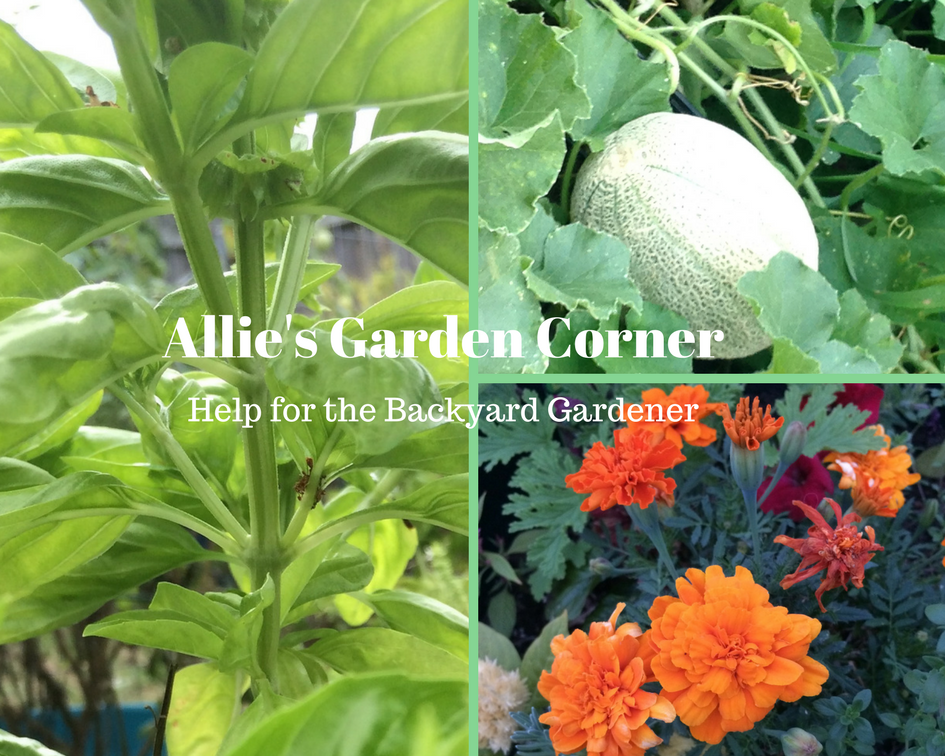Angelica – Grow Your Own “Root of the Holy Ghost”

Angelica a biennial herb that flowers in its second year and has been traditionally used in the production of a general, health-giving tonic. It has a delightful aroma, attractive lacy flowers and the entire plant is edible. Angelica is a native of Syria and is unusual in that it flourishes in colder European countries such as Lapland. It was introduced to the U.S. in the mid-1500’s.
Here is some advice to help you grow your own angelica.
- Soil, Planting and Care
- Troubleshooting
- Harvest and Storage
Planting
Easy to grow, angelica can be sown from seed directly in your garden, best planted in November. The soil temperature should be between 50 °F and 77°F, and the plants should be spaced 18 inches apart to allow for their full spreading branches. Angelica prefers cool climates, semi-shady to sunny beds and will grow to a height of three foot.
The seeds should be gently tamped into the top surface of the soil as they require light to germinate, which can take several weeks.
Soil
Angelica prefers moist, fertile soil that rich in organic matter that is slightly acidic (PH 7 or slightly below) and is well-draining. If your soil is too high in alkaline (above 7 on a PH meter), you can add an organic soil acidifier fertilizer to lower the alkaline and raise the acidity (PH). Keep the ground loose and open and plant the seeds standing on edge to save them from rotting. Pick the largest seeds to sow as they are more likely to germinate. The plants are not drought-tolerant, so the soil should be kept moist.
Care
Angelica will initially have red stems and green foliage, with the flowers in the second year being white or yellow. Once the plants have established enough to shade the ground, they pretty much look after themselves. Angelica doesn’t react well to being moved, so ensure you choose the position in your garden where it is to remain.
Troubleshooting
Angelica can quickly take over your garden once it begins to produce seeds, usually in the second growing season. Having produced seeds the plants will die, so you should cut the flower heads to allow it to live for several more years. Angelica will need mulching to protect it in frost-prone areas.
It may suffer from aphids, leaf miners and spider mites, all of which can be removed with a blast of water.
Harvest and Storage
The angelica leaves can be harvested in the first year before the plant flowers, but you should be careful not to damage the delicate main stem. The stems themselves can be harvested in the second year. If you allow the angelica to flower, the seeds can be collected for use as a cake flavoring, but the plant will die afterwards. Fresh angelica roots can be used to create aromatic oil, but they are not edible in their original form.
The tender leaves can be boiled and are similar to spinach, delicious with meat and fish dishes. The stems can be used as salad greens or roasted or boiled as a side dish.
If you intend to use your angelica for culinary purposes, ensure you have the correct variety – archangelica, which is distinguished by its slightly dull leaves. A different variation is pachycarpa, which is definitely not edible and is only grown as an ornamental garden plant. It is identified by its bright shiny leaves.
Have you considered growing your own angelica for its delicate taste and attractive flowers?













